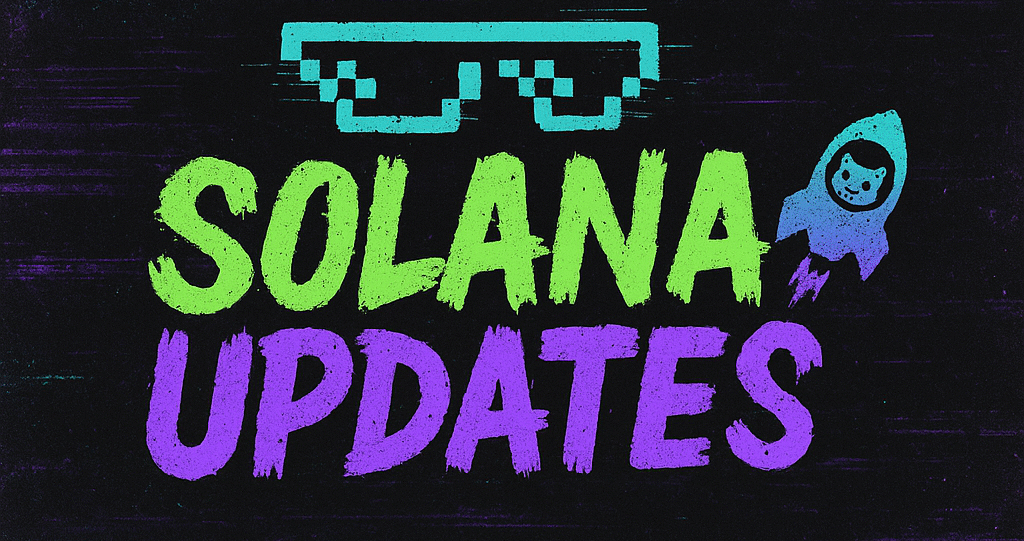The United States legal system is about to delve deeper into the complex and often murky waters of cryptocurrency trading as the trial of Anton and James Peraire-Bueno commences. The brothers are facing charges related to a $25-million exploit involving Maximum Extractable Value (MEV) bots, marking a pivotal moment that could redefine the boundaries of legal and illegal trading strategies in the crypto market.
MEV, a concept that allows traders to capitalize on the reordering of transactions on blockchains like Ethereum, is both an innovative tool and a controversial topic within the crypto community. While some see it as a legitimate form of profit maximization akin to high-frequency trading in traditional markets, others argue it skirts ethical lines and exploits users.
The Peraire-Bueno brothers have been accused of utilizing these bots to manipulate transaction orders for unjust personal gain, a charge they vehemently deny. Their defense team argues that their actions were merely strategic trading maneuvers, not dissimilar to tactics employed by Wall Street professionals.
The Legal Gray Zone of MEV
At the heart of this trial is the question of whether MEV activities constitute a form of hacking or if they are legitimate trading strategies. The legal system, which often lags behind technological innovations, is being tested to set precedents in this relatively nascent domain.
Legal experts are divided. Some believe that the absence of explicit regulations surrounding MEV activities allows for a broad interpretation of legality. Others argue that exploiting blockchain inefficiencies for profit, especially when it results in significant losses for other users, should be classified under fraud or manipulation.
Implications for the Crypto Industry
The outcome of this trial could have far-reaching implications for the cryptocurrency industry. A ruling against the Peraire-Bueno brothers might prompt tighter regulations and a crackdown on similar trading practices, potentially stifling innovation. Conversely, a ruling in their favor could embolden traders to push the boundaries of MEV strategies further, possibly leading to increased scrutiny and calls for regulation from affected parties.
Industry stakeholders are watching closely, as the verdict could influence not only the future of MEV practices but also the broader regulatory landscape of cryptocurrency trading. Many advocate for self-regulation within the industry to balance innovation with ethical standards, while others call for more concrete regulatory frameworks to protect everyday investors.
Looking Ahead
As the trial proceeds, it will undoubtedly serve as a cornerstone case in the intersection of law and blockchain technology. Regardless of the outcome, it will likely pave the way for further discussions and developments in crypto regulation. The case of Anton and James Peraire-Bueno is not just about the legality of MEV bots; it is a test of how traditional legal systems will adapt to the rapidly evolving digital financial landscape.
This landmark trial underscores the urgent need for clear guidelines in the cryptocurrency sector to protect users while fostering innovation—a balance that regulators and industry leaders must strive to achieve.
🛒 Recommended Product: Check out top-rated crypto gear on Amazon


